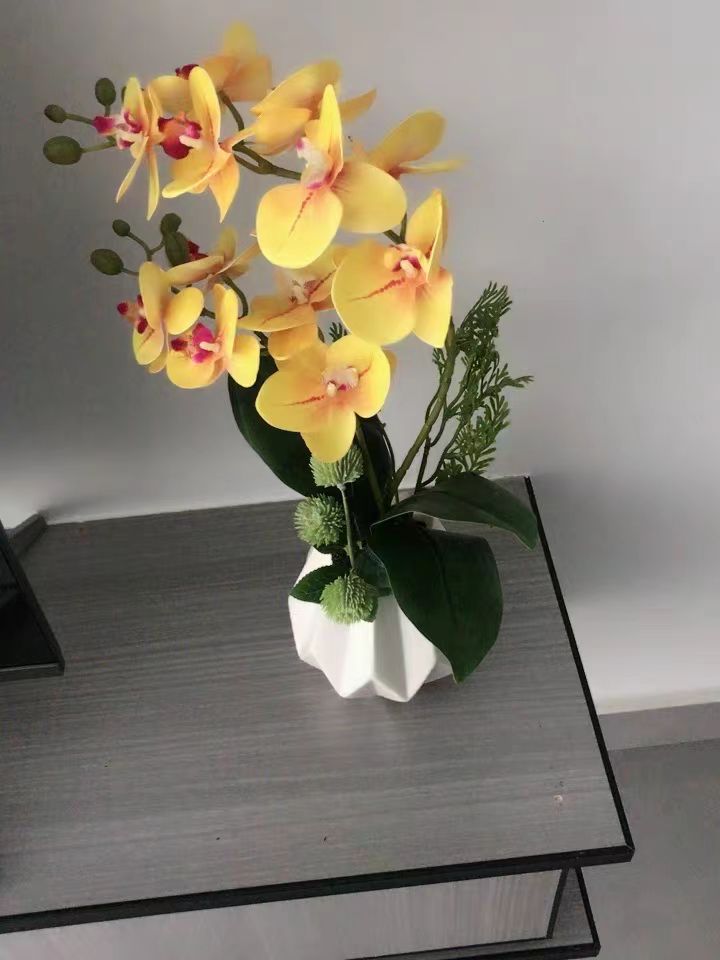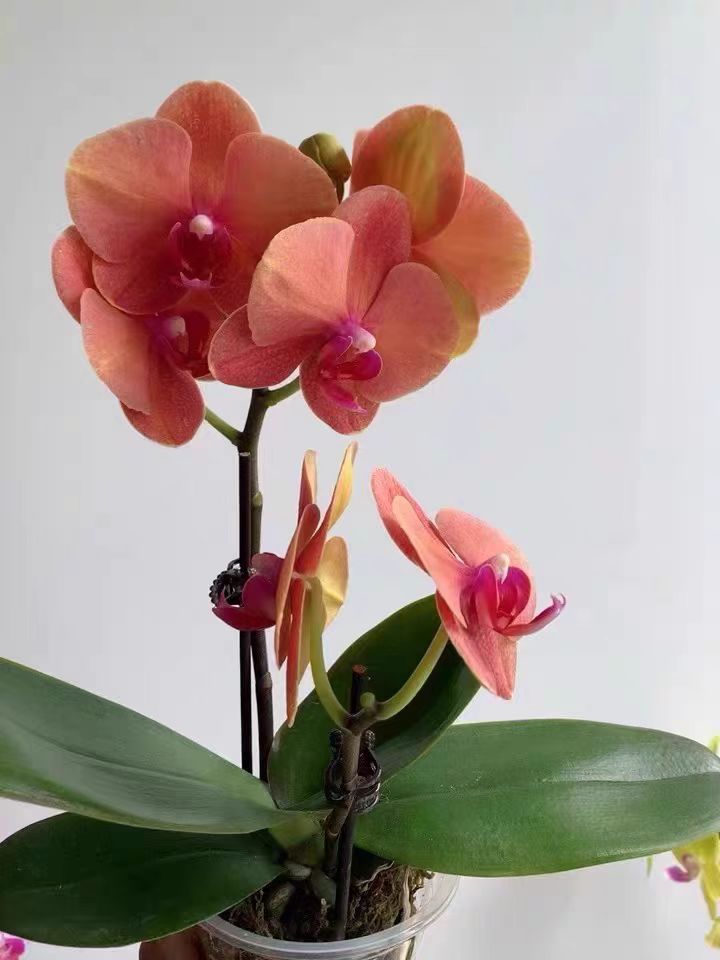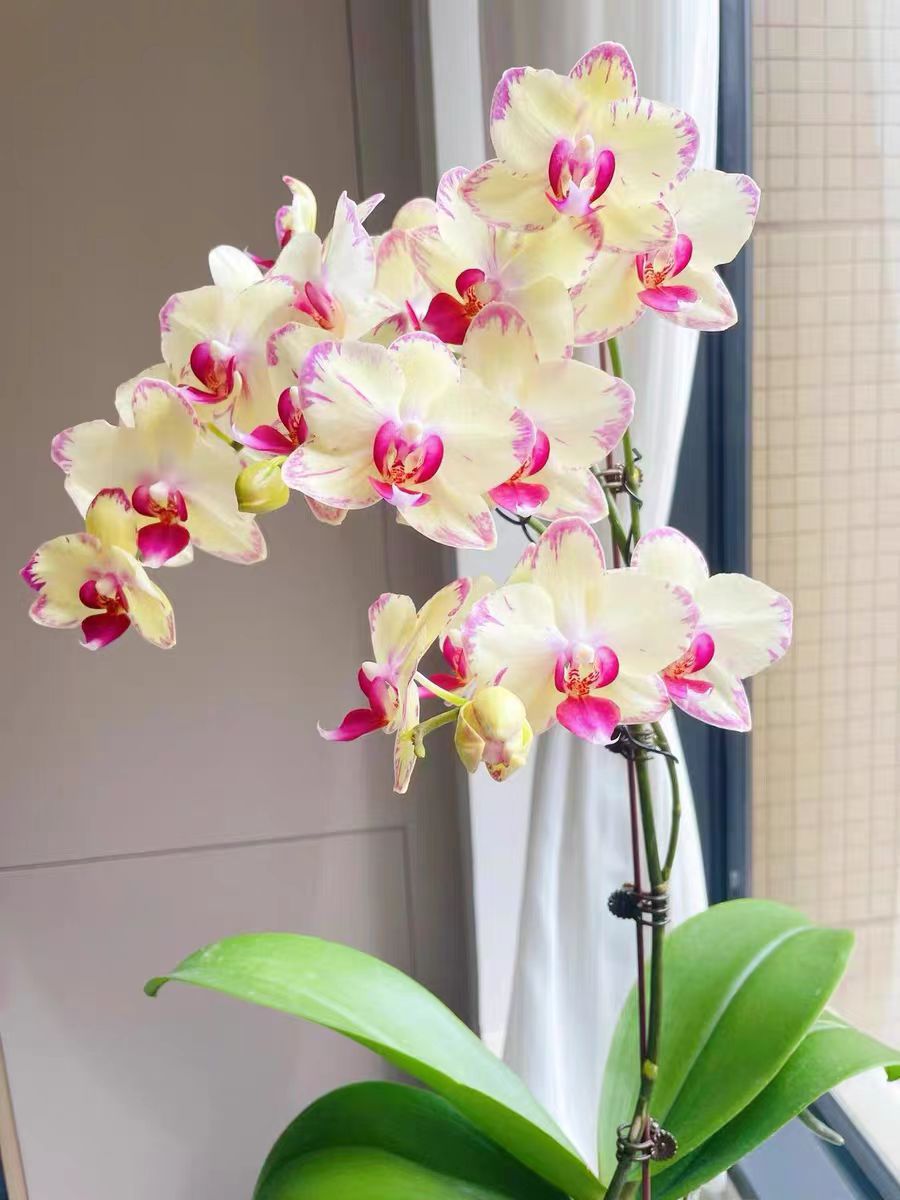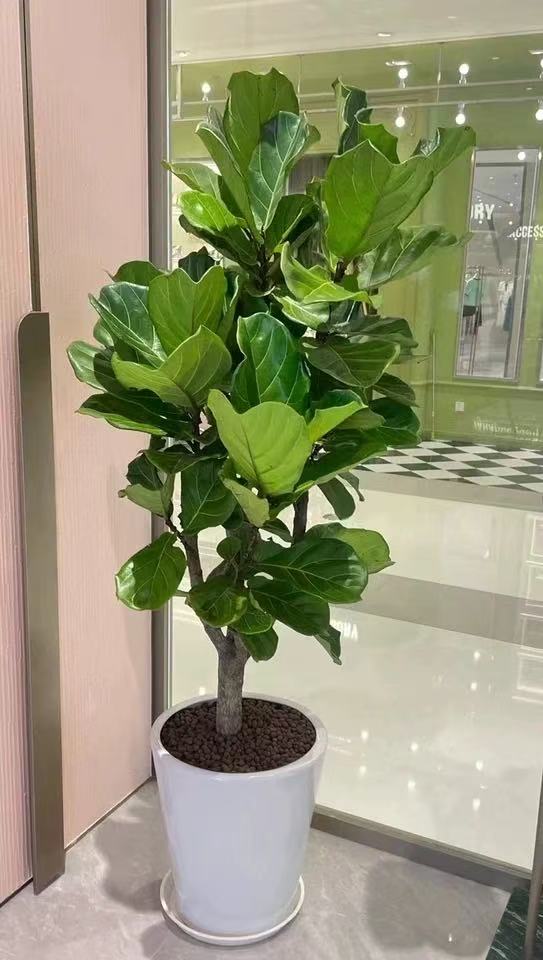Among flower lovers, Phalaenopsis is highly sought after for its unique tropical charm. However, in the process of caring for Phalaenopsis, the concept of "root control" is often mentioned. Especially for flower lovers who pursue the thrive of Phalaenopsis, root control is particularly important. So, what exactly does root control of Phalaenopsis mean? Can Phalaenopsis survive without root control?
Root control, in simple terms, is to control the growth state of plant roots through a series of management measures. For Phalaenopsis, root control mainly involves several aspects such as the selection of pots, watering methods, the proportion of planting materials, and lighting and ventilation. Specifically:
Pot selection: Root-control pots with good air permeability are the first choice. This kind of pot usually has a special structure, such as horizontal bars or air holes, to increase the air permeability of the potting soil, which is beneficial to the respiration and growth of Phalaenopsis roots.
Watering method: The key to root control lies in the reasonable control of water. Phalaenopsis prefers dryness to wetness. Watering should follow the principle of "watering when the soil is dry and thoroughly watering until it's wet", that is, watering thoroughly after the potting soil is completely dry to avoid root rot caused by long-term waterlogging.
Proportion of planting materials: Select planting materials suitable for the growth of Phalaenopsis, such as sphagnum moss or bark. These planting materials have good air permeability and water retention, which is helpful for the healthy growth of roots.
Lighting and ventilation: Providing appropriate lighting and ventilation conditions is helpful for the photosynthesis and gas exchange of Phalaenopsis, thereby promoting the normal growth of roots.
Although root control is crucial for the healthy growth of Phalaenopsis, it doesn't mean that Phalaenopsis can't survive without root control. In fact, many beginners can successfully cultivate Phalaenopsis without root control. However, such Phalaenopsis without careful management often grows more slowly and is prone to various problems, such as root rot and yellowing leaves.
Phalaenopsis without root control has relatively weak adaptability and stress resistance in the face of environmental changes. For example, in an environment with high humidity and poor ventilation, the roots of Phalaenopsis are very vulnerable to damage, which will affect its overall growth. Therefore, although Phalaenopsis without root control may survive, in order to achieve the best ornamental effect and healthy state, root control is still very necessary.
Root control of Phalaenopsis is a process of controlling the growth state of its roots through a series of management measures, including selecting suitable pots, reasonably controlling water, proportioning suitable planting materials, and providing appropriate lighting and ventilation conditions. Although Phalaenopsis without root control may also survive, in order to promote its healthy growth and improve its ornamental value, it is recommended that flower lovers actively take root control measures. Through scientific and reasonable maintenance methods, let your Phalaenopsis bloom more charmingly.
What does root control of Phalaenopsis mean?

Share with
Tagged in :




Leave a Reply